Parallels Desktop has provided the perfect solution to those who are adamant on owning a Mac, but also want to run Windows OS on it. While Bootcamp is a very good option, it is not best suited as it requires a constant reboot. Parallels Desktop 8 brings together the ability to run a whole buffet of operating systems together with Mountain Lion, without having to reboot the system over and over again. The new version is being touted as a faster and more efficient performer, especially with respect to Windows 8, so we got the software running on our MacBook Pro to find out whether it holds true to its word or not.
Parallels Desktop 8 brings with it the ability to get Mountain Lion and Windows 8 to play well with each other. Now that Mountain Lion natively supports reading and writing to NTFS partitions (no more MacFuse and such), we feel that one of the primary needs for having Parallels Desktop has been rendered obsolete. However, Parallels Desktop is designed to offer seamless integration between your Windows and Mac operating systems to allow using apps from both OSs without having to constantly reboot. When we tested Parallels Desktop 7, we found the integration to be exceptionally good, with the Coherence mode offering the best of both the OS without the cons of either.
Now we have Parallels Desktop 8 that we’re looking at and since its primary goal is to make the two new operating systems work together, we updated out Bootcamp Partition to Windows 8 Pro and ran Mountain Lion on the other side of the hard drive. Once we had updated our existing installation of Parallels Desktop 7 to the newer one, the program started right up. Initially, we had a lot of trouble getting it to start up the Bootcamped partition, but then figured the problem was not with Parallels, but with our own setup. Once we had rectified the necessary files, we simply deleted the existing Bootcamp through Parallels Desktop 8 (not actually deleted the partition, but just deleted the settings for it) so that Parallels would guide us through setting up the virtual machine again. Everything from here on was a breeze, where we could either pick installing a fresh copy of Windows, or just import from a Bootcamp partition. We chose the latter, just as we had done for our review of Parallels Desktop 7.
Once Parallels was up and running, we entered the Coherence Mode, which merges the primary desktop interfaces of both Windows 8 and Mountain Lion together into one easily navigable screen. Initially, with Windows 7, we had access to a Start Menu, but Windows 8 only allows a Start Screen with Tiles, so honestly, it wasn’t all that useful to us. We also found it difficult to navigate to our files as a “My Computer” option was not visible (unless you pin it to the Start Screen.)
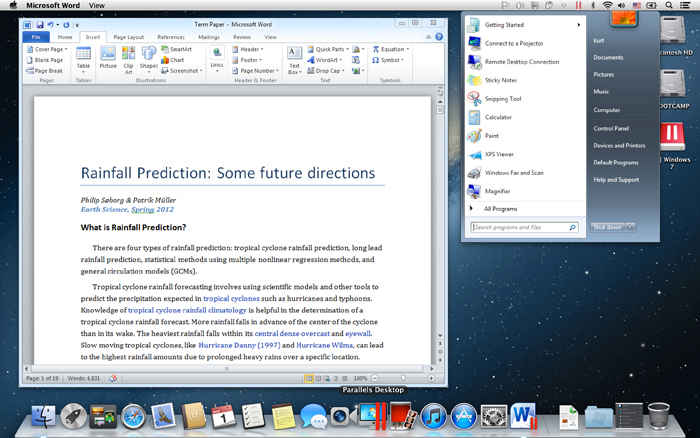 |
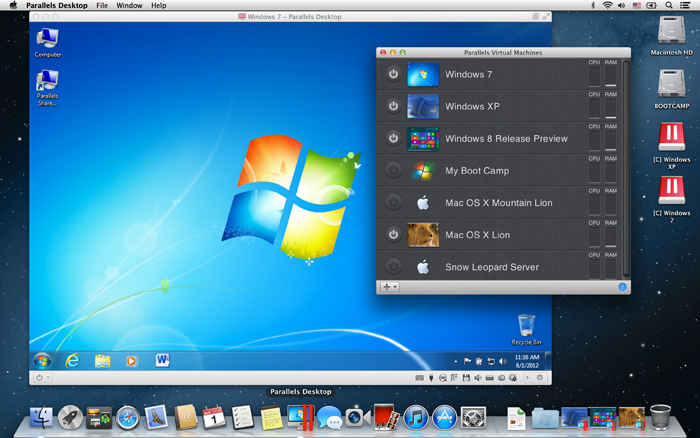 |
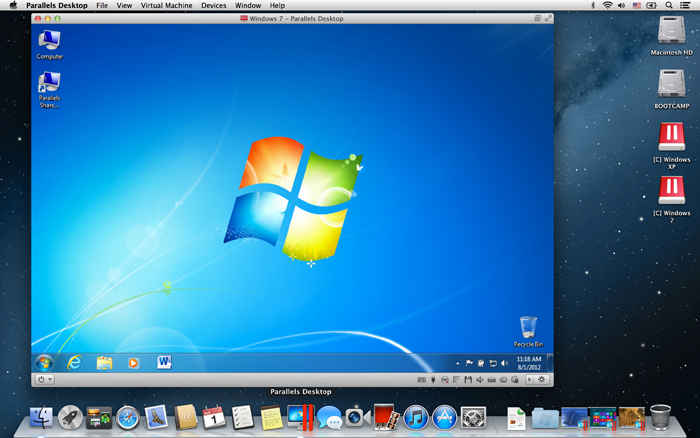 |
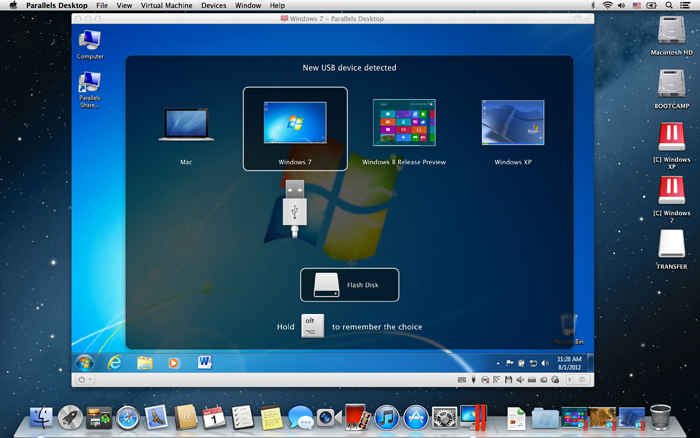 |
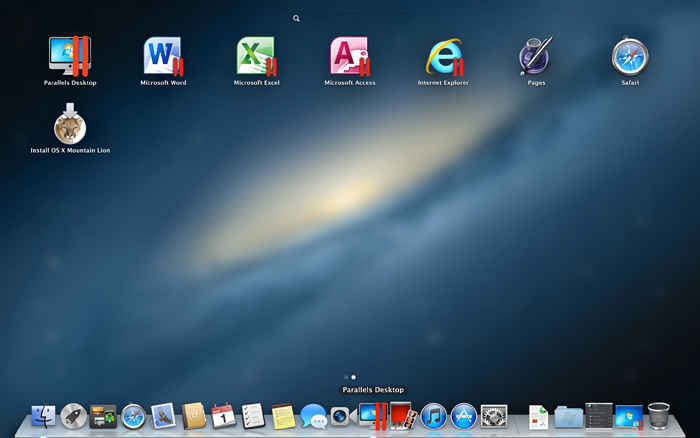 |
We exit Coherence Mode and things became a whole lot better immediately, at least as far as navigation was concerned. The Windows 8 environment opened in a new window, which we could maximize to screen size, making us feel we were running just Windows 8. Navigation was a breeze, except for the parts where the computer would experience considerable lag. The lag comes from the fact that Windows 8 is running in a virtual machine that is utilizing only a portion of system resources (whatever is allotted to it) and not actually taking advantage of the entire power package. The lag became considerable when we started up Photoshop in Widows 8 to work on some RAW files from a 40D, so we figured that loading up a few 90MB RAW files from a D800 would not be such a great idea. Lightroom 4.2, which currently hosts a database of about 1TB of images just refused to open in an acceptable fashion. On the other hand, the entire Microsoft Office suite (2010 version) ran pretty smooth, for anyone who might be wondering.
We liked that Parallels Desktop 8 now allows configuring up to 1GB of discrete video RAM to your virtual machine, along with the option of setting RAM availability and cache space. These settings can be tweaked to give slightly better performance, but committing too much resources to running the virtual machine caused our MacBook Pro to start behaving erratically as switching between OS windows started taking painfully long. We are running a MacBook Pro that’s configured with an Intel i5 processors clocked at 2.4GHz along with 4GB of RAM and an Nvidia GT330M graphics card with 1 gig of dedicated RAM.
In our use of Parallels Desktop 8, we found that the software works essentially just like version 7, but brings Windows 8 compatibility to the table. If you’ve upgraded your OS from Lion to Mountain Lion and are experiencing errors running Parallels Desktop 7, you can download an update here to get it working again. We have run Mountain Lion with Windows 7 on using Parallels Desktop 7 and it was just amazing for the most part. We still had some performance issues with Lightroom as you can read in our previous review, but it’s a configuration we’d have loved to keep.
Verdict
Currently, if you’re a Parallels Desktop 6 or 7 user, you can upgrade to version 8 for Rs. 2,848 and if you’re a first time buyer, then the program will cost you Rs. 3,999. Honestly, if you’re not running Windows 8, then we don’t really see why you would need Parallels Desktop 8, given Mountain Lion’s ability to read/write to NTFS partitions. Besides, it’s a setup we have seen work pretty well, and when seeing how Parallels 8 is with Windows 8, we’d definitely recommend sticking with the older setup. In case Windows 8 is absolutely essential for you, then we wouldn’t raise your hopes of being able to do some heavy duty video or photo editing through Parallels Desktop 8.
